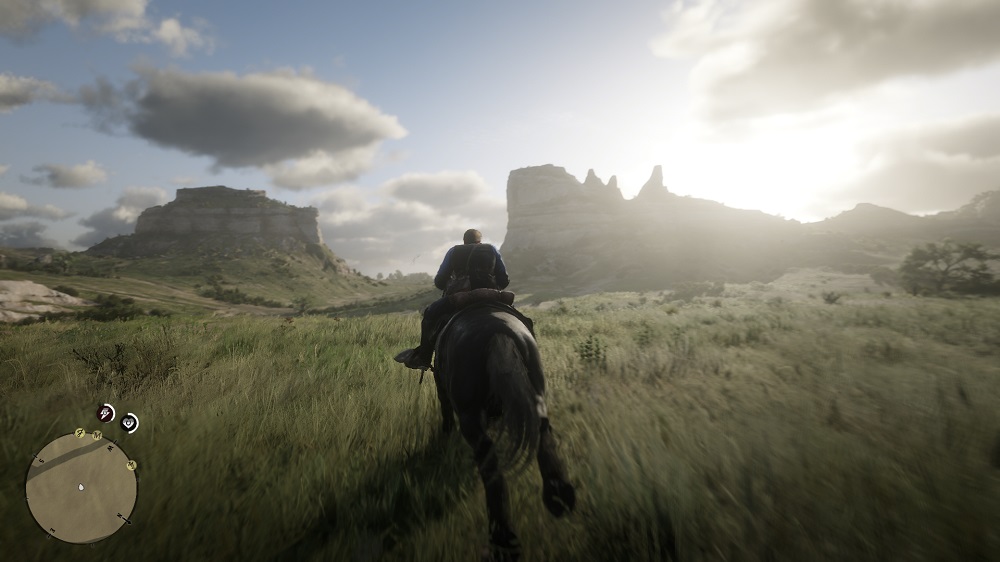

- #Horizen zero dawn joystick sensitivity code#
- #Horizen zero dawn joystick sensitivity Pc#
- #Horizen zero dawn joystick sensitivity tv#
Like Sega, SNK was a 1980s arcade giant with a desire to infiltrate the home console market, but its approach was much more ambitious.
#Horizen zero dawn joystick sensitivity tv#
The games, basically variants of Pong, had no sound and colour was achieved by placing plastic overlays on the screen – but the profound concept of interacting with graphics on your TV began here. It consisted of a white and, yes, brown box containing just 40 transistors and 40 diodes, with wires connecting to the TV and two blocky controllers.
#Horizen zero dawn joystick sensitivity code#
The first ever games console was developed by engineer Ralph Baer while working for defence contractor Sanders Associates under the attractive code name Brown Box.

The late Ralph Baer in an image from 2009, with his 1960s prototype of the first games console. Nintendo was so impressed that its head of R&D, Masayuki Uemura, used the Colecovision as inspiration for the NES. The machine is best known for excellent arcade conversions including Gorf, Zaxxon and Donkey Kong. Later expansion modules let owners play Atari game carts and use a steering wheel controller.

Among its 125 games there were interesting original titles such as scrolling adventure Tarzan and Fortune Builder, an early SimCity predecessor. With a Z80 processor three times more powerful than the Atari VCS and a huge 16KB of video ram, the Colecovision was a significant technological leap forward, allowing smooth animation and colourful visuals. Still, Sega’s studios triumphed with Virtua Fighter, Nights into Dreams and Sega Rally, while its plethora of stunning 2D shooters and fighting games thrilled hardcore gamers.

Its fragmented internal architecture was built around Sega’s cutting-edge arcade machine technology, but developers needed expert knowledge of assembly language to wrestle anything out of it. Hitting Japanese shelves a fortnight before PlayStation, Sega’s 32-bit machine would be forever defined by its failed rivalry with Sony. Released later in the US as the Turbografx-16, it’s a genuine cult classic. Designed by electronics giant NEC and game developer Hudson Soft, the console contained twin 16-bit graphics chips that brought a singular aesthetic quality to arcade conversions such as R-Type, Splatterhouse and Ninja Spirit.
#Horizen zero dawn joystick sensitivity Pc#
In the 1980s most consoles resembled toys – the PC Engine, with its futuristic white chassis and cool mini-cartridges (or HuCards), looked like something out of Akira. Famous for its pioneering use of licensed sports titles and its convincing arcade ports (Burger Time, Donkey Kong Jr, Bump N Jump …) there were also intriguing original titles such as the weird operating-theatre sim Microsurgeon and B-17 Bomber, which came with a voice synthesiser for, ahem, “realistic” speech effects. But, developed a year after the release of the Atari VCS, it was a much more sophisticated machine thanks to a 16-bit central processor and generous 16-colour palette. With its brown and gold chassis, wood effect lining and retro-futuristic controllers, Mattel’s Intellivision screamed “It’s the 1970s!” from every angle. Intellivision: ‘Famed for its pioneering use of licensed sports titles.’ Photograph: National Football Museum 22.


 0 kommentar(er)
0 kommentar(er)
